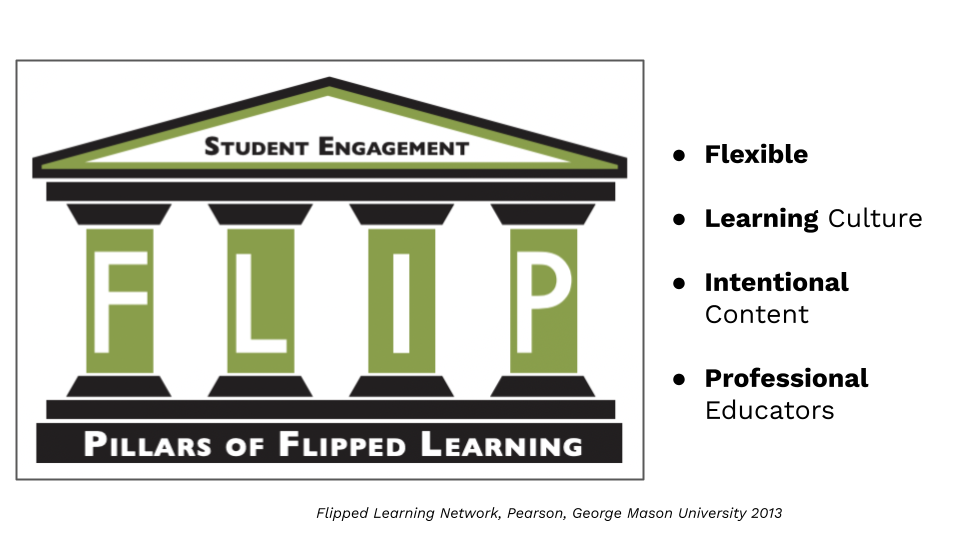“Flipping” the script on community college enrollment and retention
Community colleges are a bridge between classrooms and careers for millions of students in the U.S. – especially learners from immigrant and refugee backgrounds, who represent nearly a quarter of all students on campus. Demand for English courses now drives 40-plus percent of enrollments in the U.S. adult education system.
Yet many community colleges are still struggling to recover from COVID-era declines: Enrollment dipped more than 13 percent between 2019 and 2021 at campuses across the country. Community colleges’ ability to effectively serve speakers of other languages will be a big part of their success in drawing new students to campus, helping them get the skills and credentials they need to connect with career pathways in high-demand careers with family-sustaining wages.
That’s why we’re partnering with community colleges from Colorado to Texas to Florida to enhance English instruction through our mobile-first, career-aligned customizable platform. We’ve learned a lot in our collaborations with community colleges. But one of the most important lessons is that to engage and retain learners, particularly adult English learners, many community colleges must rethink the way they teach.
Traditional approaches to English instruction, which often rely on fixed sequences of grammar-heavy instruction over several years, simply do not meet the needs of working adult learners. Instead, adults learn best when they can work at their own pace in a competency-based model with English language content that’s relevant to both their lives and their livelihoods. An approach that consistently works – and that we support through the EnGen platform – is the flipped classroom.
What do we mean by “flipped?”
A flipped classroom approach turns the “sit and get” lecture approach of traditional classrooms on its head. In a flipped model, individualized learning happens outside of the classroom according to individual learners’ schedules. The model allows in-classroom time – either in-person or virtual – to focus on active, collaborative learning.
FLIP is an acronym for the approach’s main tenets:
Flexible
Learning Culture
Intentional Content
Professional Educators
There is no one-size-fits-all approach to the flipped classroom; the approach is inherently flexible. But at their core, all flipped classrooms align with one of our key learning tenets at EnGen: The right thing is different for everyone.
What role does technology play in the flipped classroom?
Technology can play a foundational role in a flipped classroom. Platforms like EnGen provide adult learners with on-demand individualized, contextualized learning that aligns with their schedules. Personalized content allows students to learn at their own pace and in the way that works best for them.
Technology also supports teachers in focusing time on meaningful tasks. Instead of preparing a lesson that attempts to appeal to the needs of all students, platforms like EnGen give teachers the bandwidth to do the things that they do best, like giving individualized feedback, working with learners in small groups, and tailoring just-in-time teaching moments to areas where learners have questions. Because teachers can track learner progress with real-time data, they can assess where help is needed and truly tailor instruction to meet learners’ needs.
What does a flipped classroom look like in practice?
Let’s imagine a career training program at a technical college that is preparing students for an in-demand certification as sterile processing technician, a role that cleans, assembles, and distributes medical supplies in clinical settings. It’s an essential job that pays an average of more than $35/hour.
The certification program is popular amongst local students, but currently doesn’t have any multilingual learners enrolled, even though the surrounding city is more than 18% foreign-born; the community is a refugee resettlement hub and has received many newcomers from Central America and West Africa. College administrators recognize that they can do more to ensure local students from immigrant and refugee backgrounds can connect with high-demand certification programs – and that starts with language access.
The college launches competency-based, multi-level, workforce-focused program for adult English learners, designed to create on-ramps that connect language learners with in-demand certifications. The new program is rooted in the flipped classroom model. Here’s how it works:
Learners are provided with access to a contextualized, personalized English upskilling platform, with content tied to their learning level, interests, and specific goals. Out of class, students work on activities that help them learn core knowledge needed to fuel classroom activities – in this case, English for health careers.
Instructors review students’ out-of-class progress using in-platform data and analytics. They design in-class activities that address learning gaps and spur collaboration, with content aligned to real career scenarios, like medical terminology and disease control.
Students meet in class – whether that be in-person or online – in small groups, organized by learning level and interest. Small groups collaborate on assigned activities – like a role-play related to preparing an inventory report – and discussion points to reinforce learning.
This process repeats as students advance in their English proficiency – and eventually move into the sterile processing technician certification program and onto their career pathway. The flipped classroom has served as a fast track to a high-demand health career.
As community colleges seek to fulfill their mission to prepare learners for future-ready careers, they must seek new ways of engaging and serving adult learners, particularly adult language learners. At EnGen, we’re proud to support community colleges by providing cutting-edge language learning programs across the country. Learn how EnGen can work for you: Getengen.com/demo

